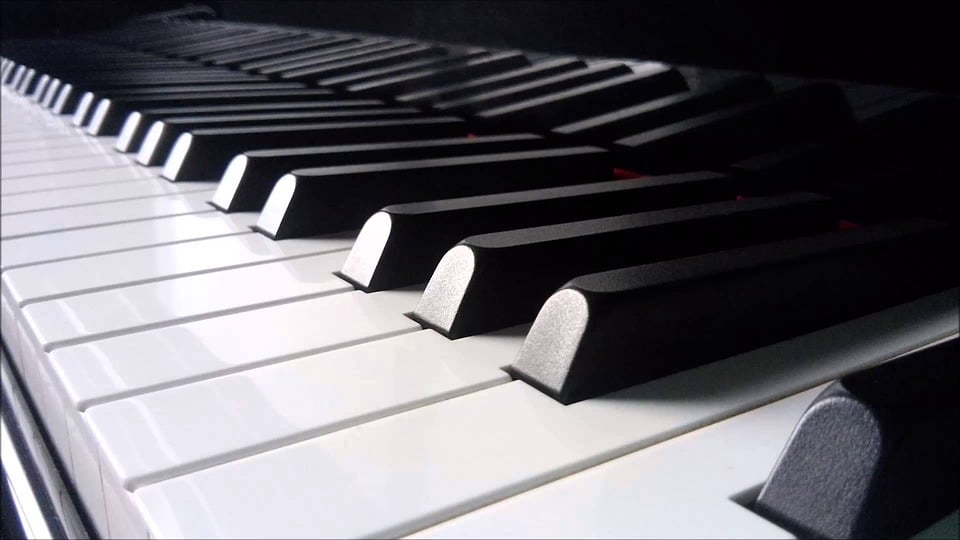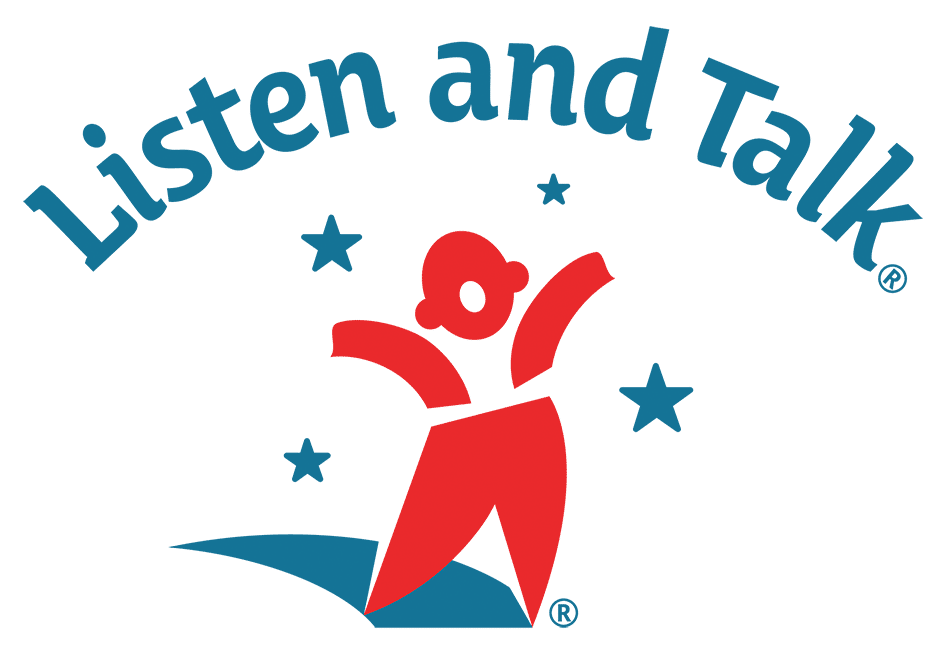
6 Tips For Introducing Your Child To A Musical Instrument
I know from experience that teaching music, and learning it, can be intimidating. As well as working with the kids here at Listen and talk, I’m a “just-for-fun” musician. This year, I’ve brought my guitar and keyboard to school with me and played songs with our class of Pre-K students. Music is a great tool for helping all children learn, and it can be especially helpful for children with hearing loss.
Maybe you’re a parent who is passionate about playing guitar, but not sure of the best way to share it with your kids. Maybe you’re a teacher who has seen what a wonderful impact music can have on young minds, and you’re thinking of brushing up on the piano skills you learned as a kid. Either way, here are some tips I’ve picked up along the way.
Let the child play the instrument
The number one thing to do is to let the child have fun with the instrument. In my experience, kids love to tap the body of the guitar to hear the hollow thunk your fist makes…to play one string over and over…to push a million random buttons on the keyboard in a row, and be totally surprised by what sounds come out… Does it sound like music? Not all the time, or even most of the time. But go ahead and let them explore the instrument on their own.
Pick an inexpensive instrument in a small size
I started playing as an adult, but I still have trouble with full-size guitars because I have small hands. Imagine how frustrating in would be to play an adult instrument with hands the size of a child! If possible, get a child-size instrument.
I’m not saying to find the cheapest instrument toy you can find—a truly cheap instrument enable bad habits while playing the instrument. I speak from experience. The piano I practiced on while growing up was impossible to get sound out of without putting a lot of pressure on the keys. To this day, I have to remind myself to press down gently on the keys.
At the same time, there’s no need to spend a thousand dollars. Purchasing a used instrument is a great way to cut cost. Both of my current instruments are used and they were just under a hundred dollars. This is also great because I don’t have a heart attack when the kids bump into them.
Relax
Maybe you think you’re not up to snuff as a musician. But allow me to ease your anxiety. Being able to play two or three chords, or playing a simple melody like ‘Hot Cross Buns’, is more than enough to teach a beginning musician. Remember, young children are still learning things like which finger is their ring finger, and how to count to four, stop, and start over again on one. (One-two-three-four-one-two-three-four). You do not have to be a virtuoso to get your child or students started with an instrument! Take what you do know, and teach that. It has worked for me so far.
Practice by yourself first
Perhaps you don’t consider yourself a musician at all, even a “just-for-fun” musician. Lucky for you, we live in the age of YouTube, and there are numerous helpful, personable teachers with tutorials to get you through the basics. It’s how I’ve learned guitar, and how I brushed up on the keyboard I hadn’t played in years. Practice by yourself for a bit, until you know you have a couple of chords or a simple melody under your belt.
Keep it simple
Maybe you’ve got the opposite problem—you love your guitar/saxophone/mandolin, and you’ve loved it sine you were these kids’ age! Resist the urge to blow your child’s mind with your flawless one-man rendition of Bohemian Rhapsody. You want your child to feel like playing music is fun and accessible, not like it’s an advanced magic only certain grown-ups can do.
Kids love simple rhythms and repetition—and it helps them learn! Kids’ songs exist for a reason. So embrace the ‘Hot Cross Buns’ and the ‘Five Green and Specked Frogs’.
At Listen and Talk I enjoy playing the “opposites game,” with the students. This is a fun way to introduce musical concepts to children. Ask your child to tell you whether a rhythm is fast or slow, or whether a note is high or low, whether it sounds loud or quiet. Then let them play and experiment!
Write a song together
Sounds intimidating, perhaps, but don’t worry. It doesn’t have to be a good song—it just has to get the kids engaged. When I do this, I play the same three chords over and over while making up a song about something we’re learning in class that week. For instance, when we learned about food and shopping at the grocery store, I wrote a little ditty called “Grocery Store,” and it goes like this:
I like to go to the grocery store,
I get [insert favorite food] and so much more.
Then I eat [that favorite food], and it tastes so good!
Oh, I love [insert favorite food], yes I do,
I love [favorite food], how about you?
When I say “you,” I point to a child and they get to choose their favorite food. Then I sing about that. You’ll be amazed what small children can come up with, when you give them a little help! And now they’re songwriters and musicians. How about that?
I hope these tips will help you introduce your child to the joys of playing a musical instrument, and maybe even get you to dust off an old instrument. If your child is under the age of three, check out our Music and Movement course at Listen and Talk. These free classes are a fantastic way to introduce your child to music.




3 Comments
I absolutely loved the idea about making up songs for the children! That will definitely want them to play their music instruments more. Thank you so much for these ALL fantastic ideas!
I liked reading ” just do it” and not be so hard on yourself! Thanks for these great suggestions.
Music is for everyone, and you definitely don’t have to be a pro to engage. Thank you for sharing these great ideas!